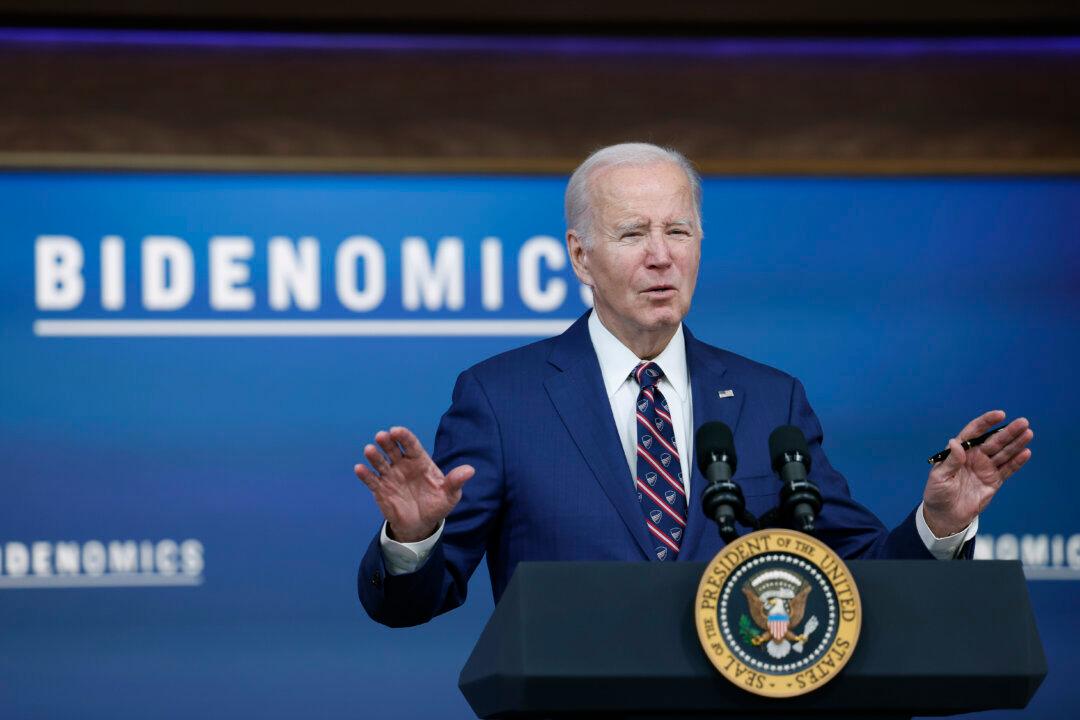Commentary
Bidenomics is failing America, infecting the land with a persistent and intensifying cynicism, despite attempts by the White House and a partisan press to impose misleading narratives on the electorate.

Bidenomics is failing America, infecting the land with a persistent and intensifying cynicism, despite attempts by the White House and a partisan press to impose misleading narratives on the electorate.